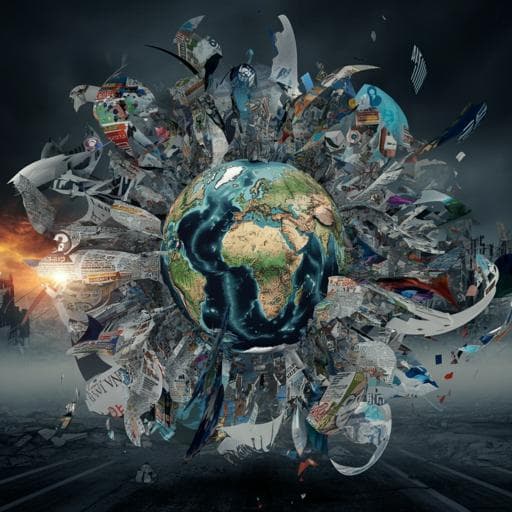
Political Science
Disinformation on the COVID-19 pandemic and the Russia-Ukraine War: Two sides of the same coin?
R. S. D. Vas and J. T. Navarro
Explore how disinformation evolved during the COVID-19 pandemic and the Russia-Ukraine war in Europe, as revealed by researchers Rocío Sánchez del Vas and Jorge Tuñón Navarro. This study uncovers startling patterns in hoax frequency and dissemination methods that aim to stir emotions and divide audiences.
~3 min • Beginner • English
Related Publications
Explore these studies to deepen your understanding of the subject.







